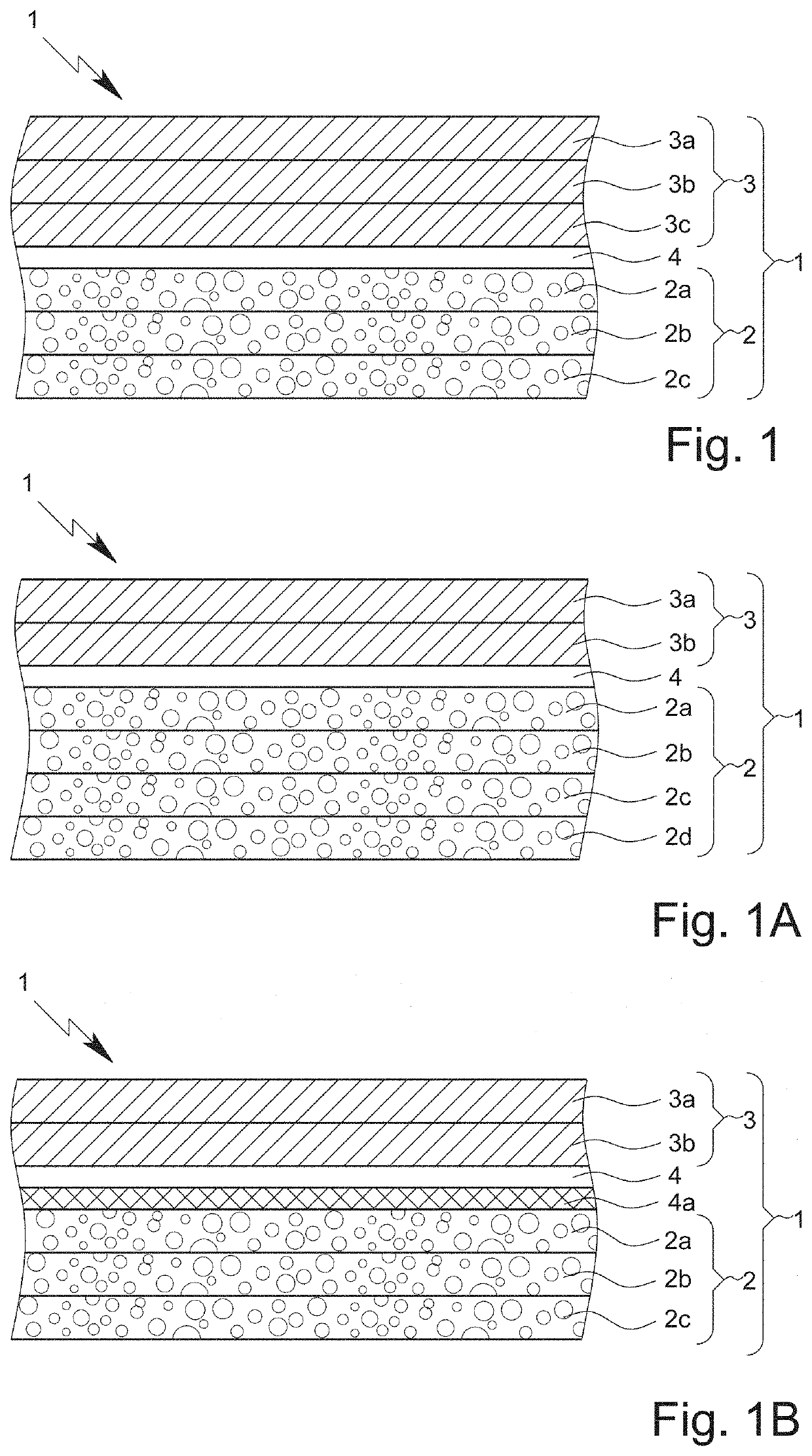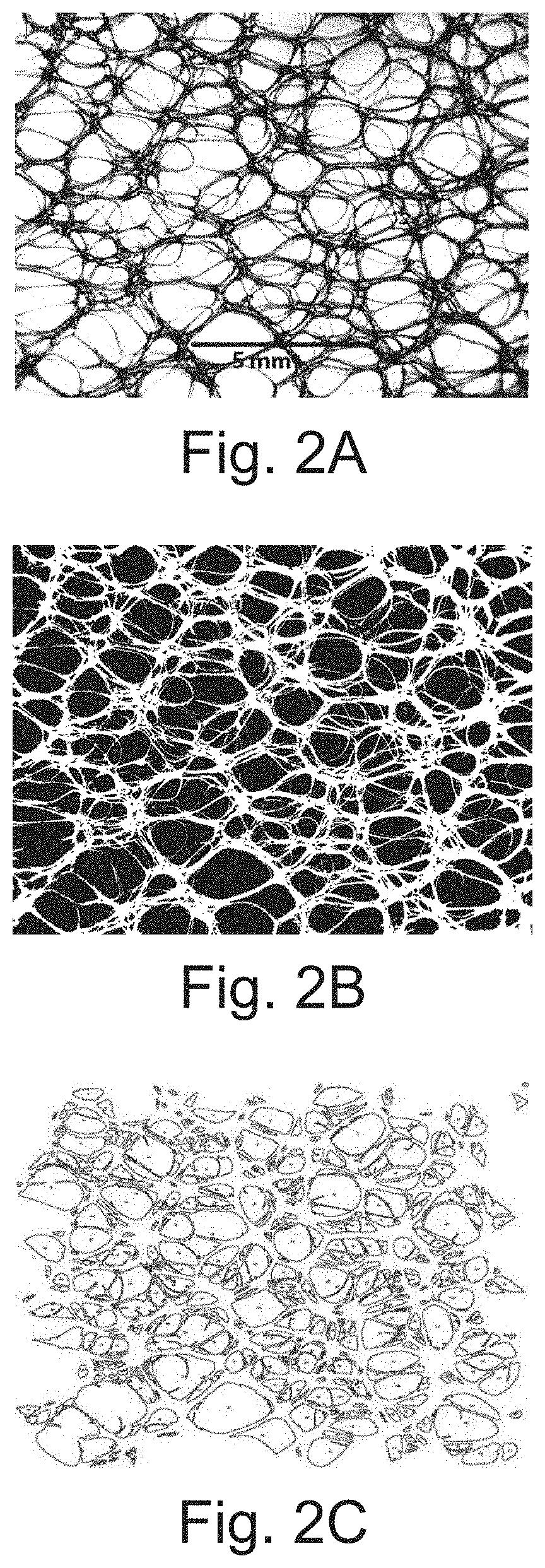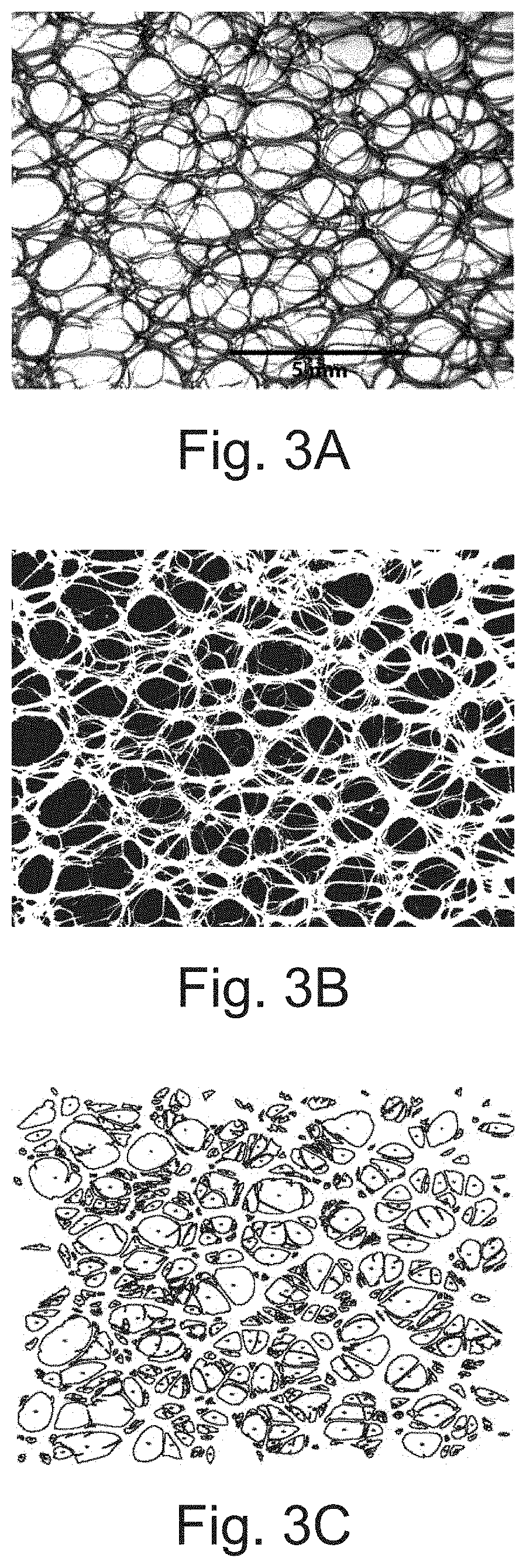Food packaging film and manufacturing method for making the same
- Summary
- Abstract
- Description
- Claims
- Application Information
AI Technical Summary
Benefits of technology
Problems solved by technology
Method used
Image
Examples
examples
General Description of the Manufacturing Method for the Inventive Examples
[0249]All inventive and comparative films are produced in a production unit in shown in FIG. 6 and according to a manufacturing method as described above.
[0250]All inventive thermoplastic multilayer films produced comprise (A) an inner layer composite, i.e. an inner food contacting layer composite, comprising a plurality of single inner layers (usually 2-4 single inner layers) attached to one another and each being composed of at least one foamed polymer comprising at least one polyolefin, (B) an outer layer composite comprising a plurality of single outer layers (usually 2 single outer layers) attached to one another and each comprising at least one polyamide, and, finally, (C) an adhesive layer (tie layer) disposed between the inner layer composite, on the one hand, and the outer layer composite, on the other hand.
[0251]All inventive and comparative multilayer films are produced by a coextrusion method as de...
PUM
| Property | Measurement | Unit |
|---|---|---|
| Temperature | aaaaa | aaaaa |
| Fraction | aaaaa | aaaaa |
| Fraction | aaaaa | aaaaa |
Abstract
Description
Claims
Application Information
 Login to View More
Login to View More - R&D
- Intellectual Property
- Life Sciences
- Materials
- Tech Scout
- Unparalleled Data Quality
- Higher Quality Content
- 60% Fewer Hallucinations
Browse by: Latest US Patents, China's latest patents, Technical Efficacy Thesaurus, Application Domain, Technology Topic, Popular Technical Reports.
© 2025 PatSnap. All rights reserved.Legal|Privacy policy|Modern Slavery Act Transparency Statement|Sitemap|About US| Contact US: help@patsnap.com



